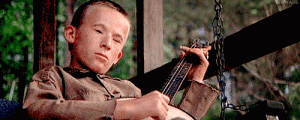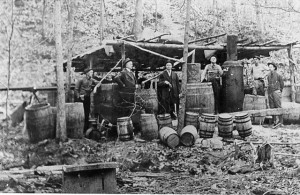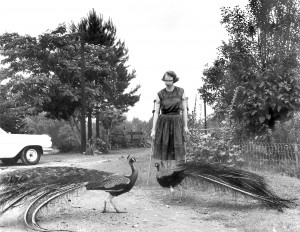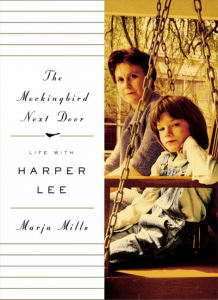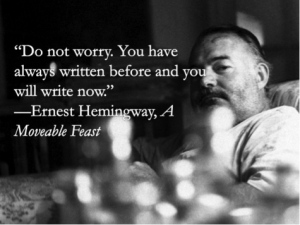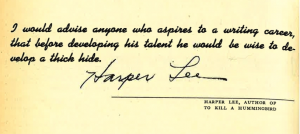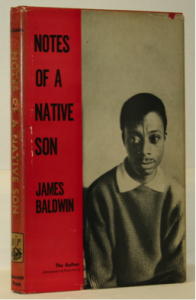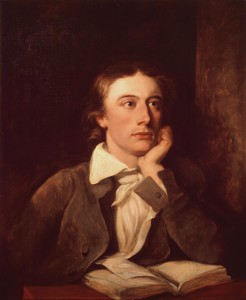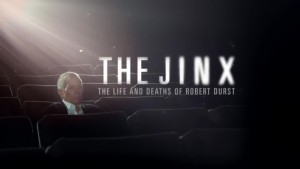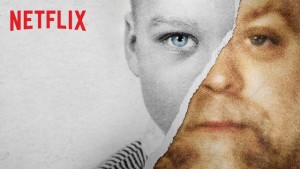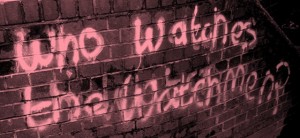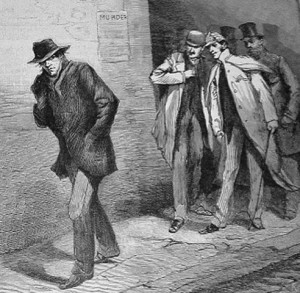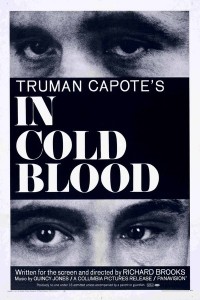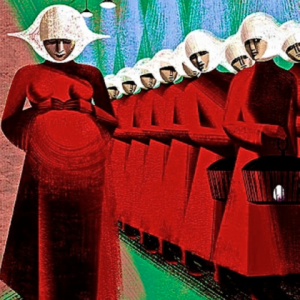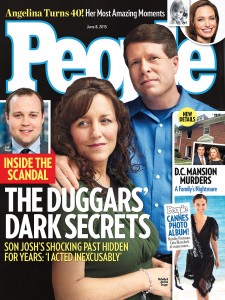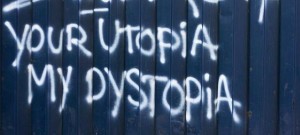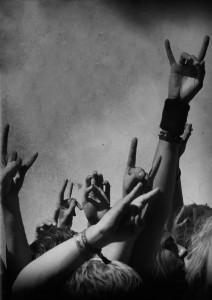by Emma Nash
As a little girl growing up in Atlanta, I spent many of my weekends with my godmother’s mother, an inimitable septuagenarian whom I affectionately called Miss Lily. My parents were Northern transfers, and most of my extended family still lived in the Midwest; Miss Lily served as something of an adoptive grandmother. She was the type of woman who seemed made for the finer things in life—in my memory, she is constantly dressed in a silk robe and feather boa, constantly laughing, forever draped in diamonds and pearls. She was Blanche Dubois’s more respectable older sister, Scarlett O’Hara’s refined cousin—all elegance and gentility. On Saturdays, she would push the chaise lounges and authentic Roman busts to the corners of her ballroom and we would dance and eat Oreos until we felt sick. Once, when I was very young, Miss Lily was talking with my mother about a recent dinner guest she’d had over. The dinner was pleasant, but it had been a week and she still hadn’t received a thank you note. “Barbara,” she whispered in her perfect sweet-tea-James-Dickey drawl, “you would have thought they were Yankees”. My mother laughed and reminded Miss Lily that she was a Yankee herself. This prompted Miss Lily to pause in horror at the thought that she might have caused offense. After a moment, she spoke again, in a voice lowered to display her gravity, “Oh Barbara, darling, don’t you worry. Nobody’s thought of you as a Yankee in years.”
To me, Miss Lily was the perfect Southern lady. It wasn’t until I was nearly an adult I learned that, while I was growing up, she was dying of cancer, being stolen from by her caretaker, and in denial of her advancing years. With each new fact I learned about her bittersweet and complicated life, the more I understood just how much I had pigeonholed Miss Lily. As she became more three dimensional, so did my perception of what it meant to be Southern. The more I discovered, the more I saw was left to be discovered. So, even as a native Georgian, I cannot help but agree with Caroline that the South resists representation—even a lifetime of living here has not necessarily prepared me to comment with authority on its character. If anything, it has helped me better appreciate the trouble with representing the intricacies, ambiguities, and contradictions that comprise its enigmatic profile. Reading Caroline’s post made me wonder what, at its core, makes the idea of “the South” so elusive and captivating, and what makes it so distinct that it requires its own literary genres (Southern literature and the Southern Gothic are omnipresent manifestations of the region’s idiosyncrasies, real and perceived). I set about to form some sort of succinct, coherent explanation. The reader will be surprised to hear that, despite several Google searches and the benefit of all my twenty-one years’ experience, I failed. I comfort myself with the fact that there didn’t seem to be any particular consensus amongst the scholars whose work I read either. After encountering many answers and explanations, all of which seemed valid and none of which seemed to encompass the whole breadth of Southern peculiarity, I decided that my meager blog post perhaps might not be sufficient to answer such a multidimensional question. As such, here are a few suggestions as to the cause of what could be called the South’s “Otherness”:
The Civil War Undeniably, the Civil War had a large effect on the development of Southern identity and, by extension, Southern Literature. Mr. Jay B. Hubbell, writing in 1921, argued “It was the overthrow of the Confederacy and the bitterness of Reconstruction that created a posthumous demand for a Confederate literature—Confederate is a more accurate term than Southern”.[1] His argument suggests that Southerners felt the need to distinguish their literature from that of the North. While Mr. Hubbell’s suggestion of calling it “Confederate literature” is perhaps not as viable today, many scholars agree that the Civil War first created the idea of Southern literature as separate from and perhaps even opposed to American identity (see Michael Kreyling’s Inventing Southern Literature). Their perceived estrangement might account for the concurrent but conflicting tides of pride and shame in the Southern mindset. These contradictory perspectives, coupled with Southern separation, would doubtless be confusing to outside observers.
Christianity Christianity, in particular Protestant Christianity, is more strongly associated with the South than with any other area of the country. Truthfully, the “Bible Belt” nickname is apt; significant portions of the South’s cultural identity are based upon Christianity—many Southerners still largely draw their moral values from the Bible, and one’s involvement in the church often determines citizenship in a community. The close association between Christianity and the South allows that Southern people become inextricably identified with that religion and its values, whether or not they ascribe to them (see Flannery O’Connor’s “Good Country People,” “A Temple of the Holy Ghost,” and “The Life You Save Might Be Your Own”). Any particular religion is already alienating to those outside of it; a whole culture based upon a religion is thus even more inaccessible to outsiders (especially considering the implied hypocrisy of an individual within such a culture behaving against its values).
Storytelling The South’s penchant for storytelling is well documented. Oral tradition is a large part of the historical culture. In her memoir, One or Two Things I Know For Sure, South Carolina native Dorothy Allison cites storytelling as her way out—both figuratively and literally—of the harsh realities of a life bounded by poverty and abuse. The Southern predilection for storytelling is often characterized by a preoccupation with the ugly and the surreal (think Southern Gothic). Describing Welty’s A Curtain of Green, Susan Donaldson notes that “In story after story, the possibility of alternative gazes, alternative perspectives, alternative narratives, is raised repeatedly, often by underscoring the limitations of the collective gaze leveled upon those labeled as strange, marvelous, grotesque, and suffering”.[2] Donaldson’s summary is applicable to much of Southern literature. Its preoccupation with the grotesque and reactions to the grotesque means that many depictions of the South feature over-the-top characters and situations. These likely contribute to the perceived “Otherness” of the South.
Stereotypes The factors listed above, along with many others, allow that Southerners are often stereotyped. According to much of the media, Southerners can be recognized by our disdain for orthodontia and secondary education, our unnatural fondness for trans fats, and our affinity for homemade alcohol. If one is to believe Deliverance, we also might have a taste for banjo music and inbreeding. As Caroline aptly pointed out, stereotypes limit a person’s understanding of what it means to be Southern. For many, the South exists behind a veil created by these stereotypes, many of which are rooted in the past and have not been revised since the nineteenth century or even earlier.
Regional Differences Stereotyping permits that the South often exists in the collective mind as one homogeneous region, bound by universal values and characteristics. Such thinking prevents an observer from forming a nuanced and realistic impression of the South. Just as Boston has a different culture from Hoboken, so Houston’s is from that of New Orleans. Accordingly, Pat Conroy’s South is different from Eudora Welty’s is different from Tom Wolfe’s. Thinking otherwise is injustice to both scholar and subject.
To me, much of the South’s personality stems from the peculiar intermingling of stereotypes and contradictions. It both wants to be understood and insists upon being individual, leaving even native Southerners (or at least this one) unable to fully assimilate its fickle nature. Perhaps this is my ultimate conclusion: that the South’s primary characterization is qualified by its defiance of characterization. Perhaps its allure lies in its amorphous silhouette, and attempting to define it is patently impossible.
[1] Hubbell, Jay B.. “ON “SOUTHERN LITERATURE””. Texas Review 7.1 (1921): 8–16. Web…
[2] Donaldson, Susan V. “Making a Spectacle: Welty, Faulkner, and Southern Gothic.” Mississippi Quarterly 50.4 (Fall 1997): 567-583. Rpt. in Twentieth-Century Literary Criticism. Ed. Janet Witalec. Vol. 142. Detroit: Fale, 2003. Literature Resource Center. Web. 25 Feb. 2016.


